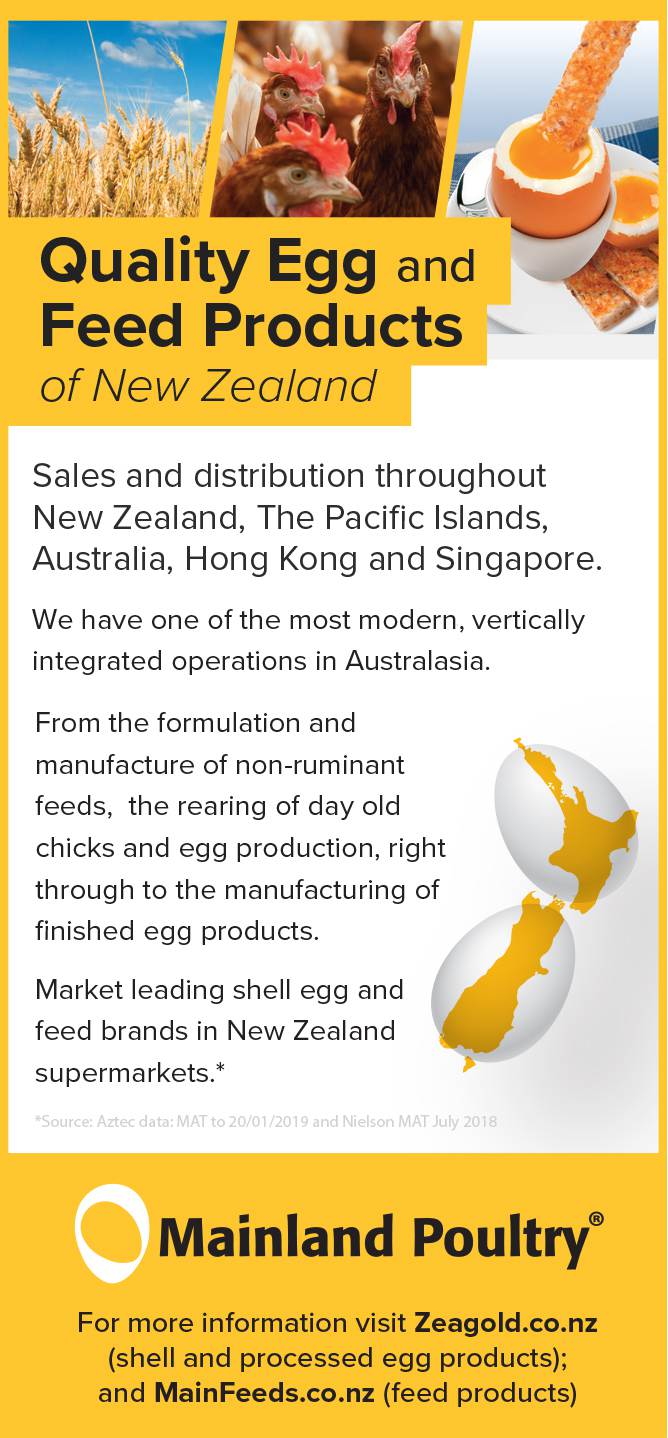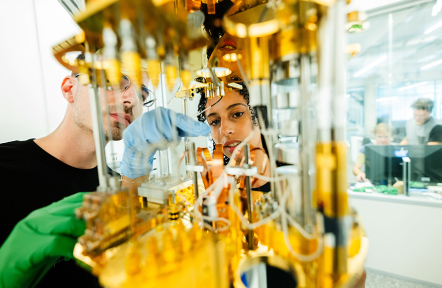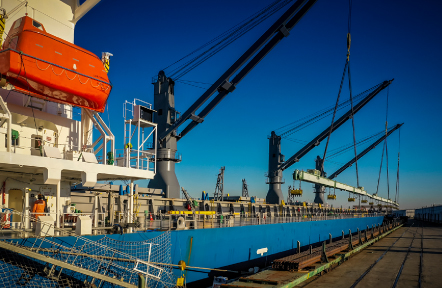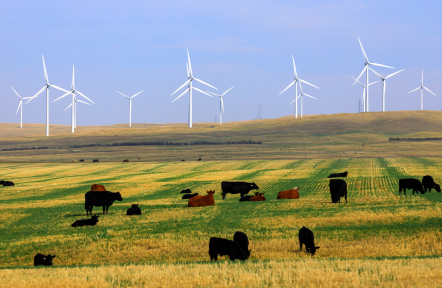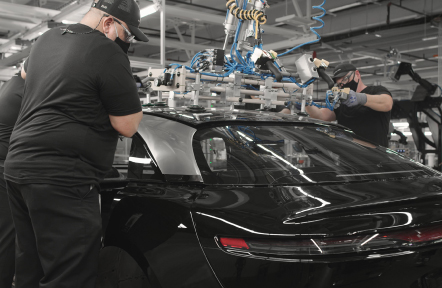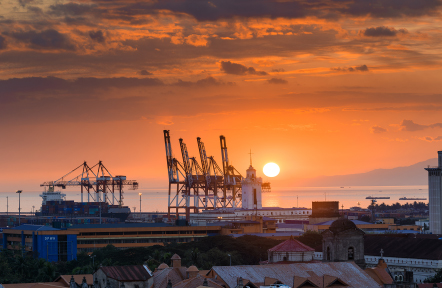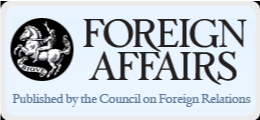As the world’s two largest economies engage in talks aimed at scaling back their trade dispute, New Zealand has reaffirmed its commitment to free trade. Last October, the country ratified the Comprehensive and Progressive Agreement for Trans-Pacific Partnership (CPTPP).
With its large number of export-focused industries, New Zealand has had to be pragmatic about trade, given the size of its economy and its geographic distance to the world's largest markets. It was the first developed country to sign a free trade agreement (FTA) with China, its largest trading partner followed by Japan and Korea.
“We are a geographically isolated nation that places huge reliance on the economic benefit derived from engaging in trade. We need some predictability around that and that is why we really focus and support multilateral agreements,” explained Prime Minister Jacinda Ardern, who expanded New Zealand’s FTA with Singapore and initiated new trade talks with the European Union.
According to the Ministry of Foreign Affairs and Trade (MFAT) and New Zealand Trade and Enterprise (NZTE), about 70% of Kiwi exports, valued at close to US$29 billion, go to countries in the Asia-Pacific, with the bulk of those goods coming from the country's agricultural sectors, such as dairy, meat and poultry, fruit, horticulture and wool.
Capitalizing on the country’s clean and green image, home-grown food producers such as Fonterra (milk), Zespri (kiwifruit), Mainland Poultry and Comvita (manuka honey) have found huge success in Asia, establishing a strong brand presence with millions of consumers. The country’s distance from many countries has isolated it from avian diseases that could have infected its poultry and eggs, making New Zealand one of the world’s most trusted food suppliers.
Beyond agribusiness, New Zealand is keen to share its know-how with the rest of the Asia–Pacific. With fewer than 5 million people, New Zealand still imposes an assertive presence within the global culture of innovation.
Through the efforts of the Ministry of Business, Innovation and Employment (MBIE) and the government agency Callaghan Innovation, among others, the country has created a dynamic ecosystem for start–ups that presents profitable opportunities for Asian investors.
“We’ve been doing quite a bit of work in making sure that we encourage early–in–cycle innovative companies. But then as they grow and need to scale, there is an opportunity for some investment from Asia,” MBIE Chief Executive Carolyn Tremain said.
New Zealand’s regulatory framework ensures the protection of intellectual property without being too restrictive, which has allowed the technology sector to flourish. Innovative companies like Xero and Rocket Lab have already gained global recognition for their technological achievements, while fast–growing companies such as Aquafortus, Robotics Plus, Revolution Fibres and Lanaco are setting their sights on aggressively expanding to Asia. Ranked the least corrupt country in the world by Transparency International and the easiest place to do business in the world by the World Bank, New Zealand is taking its state sector
solutions to the world. It set up the Government-to-Government Partnerships Office (also known as G2G Know-How), which is jointly overseen by MFAT and NZTE, to share its expertise in areas such as agribusiness, disaster management and education with other governments.
Kiwi companies, such as Datacom, have significantly contributed to building New Zealand’s IT infrastructure and are eager to share its expertise by participating in projects in the Association of Southeast Asian Nations (Asean) region.
The combination of stability and agility has also helped New Zealand to establish itself as a conduit for foreign investment between Asia, Oceania and the Americas.
The New Zealand Stock Exchange and its subsidiary Smartshares, for instance, have created a pathway with exchange traded funds that will make New Zealand a cost-competitive and lucrative market for Asian investors.
